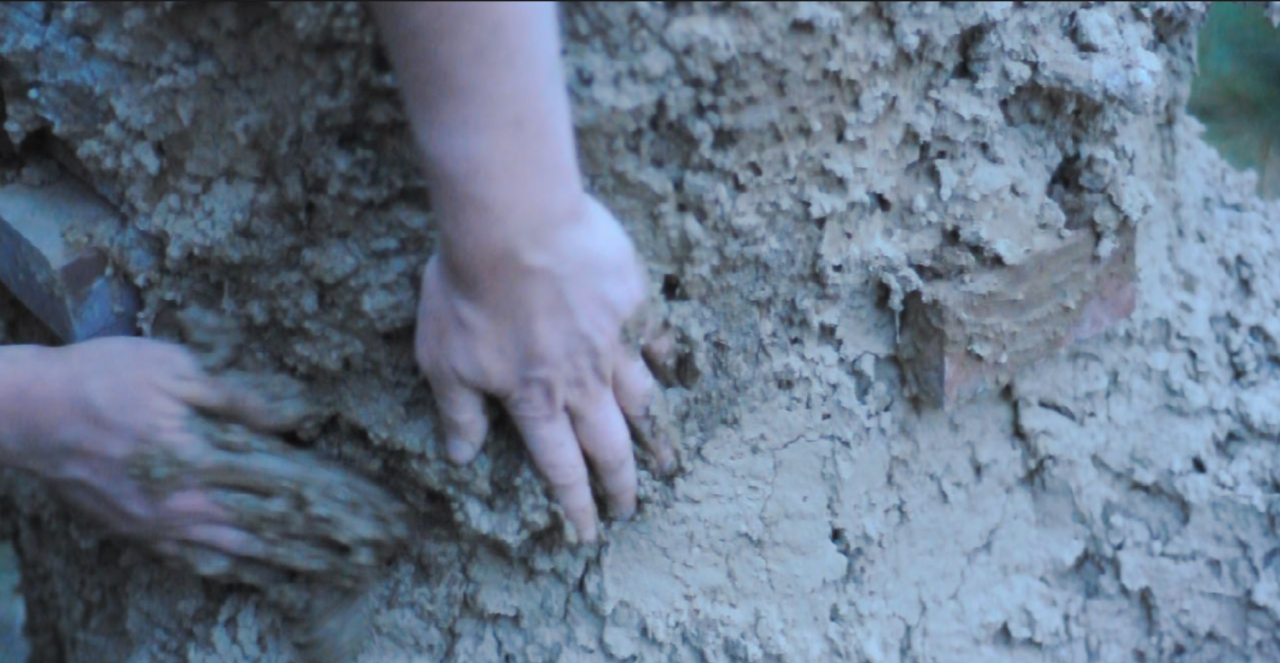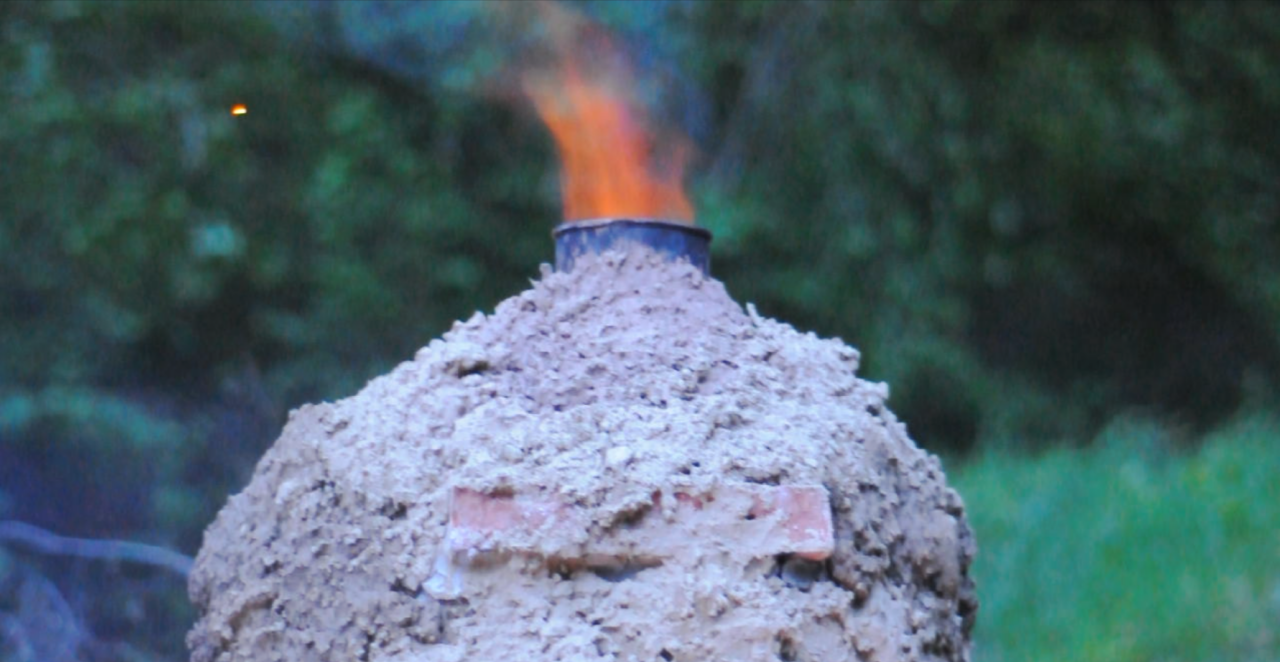KITCHEN TALES/KITCHEN TILES
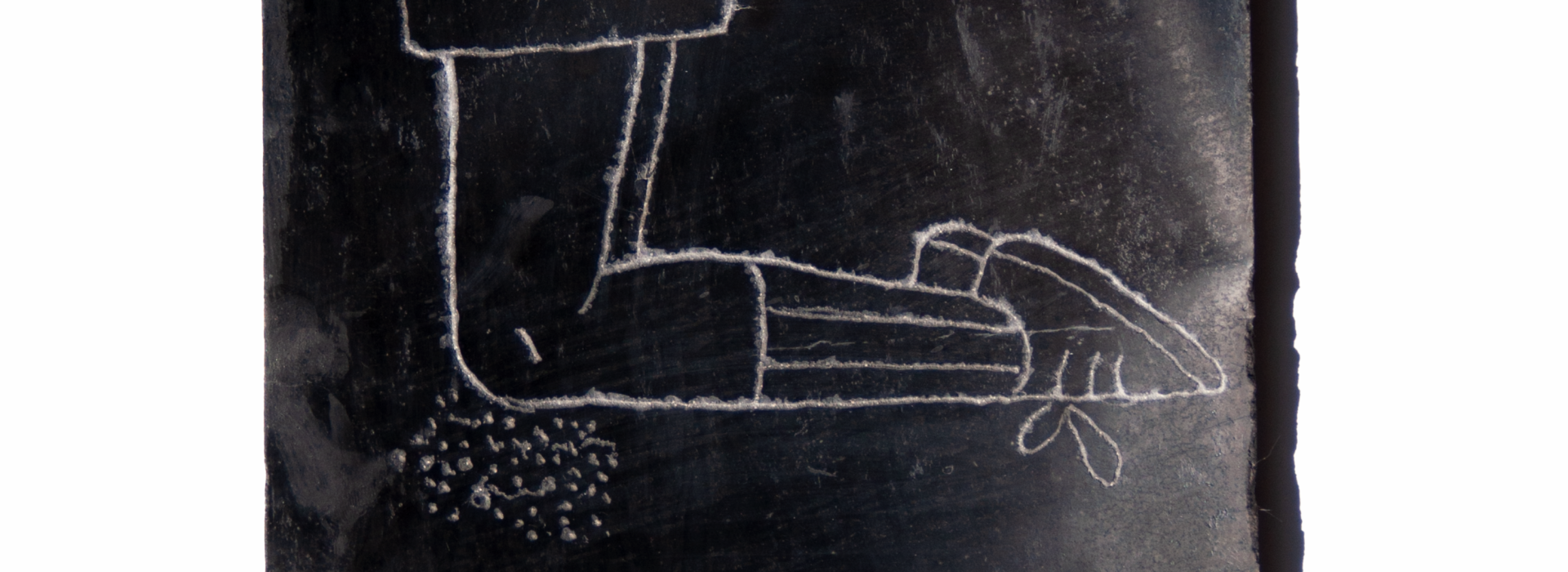
“Tradition is not the worship of ashes, but the preservation of fire.”
-Gustav Mahler (1860-1911)
The idea behind the series ‘Kitchen Tales/Kitchen Tiles’ sparked after a lecture from the philosopher Federico Campagna, who questions the so called ‘cultural producers’ on what kind of fertile ruins are worth leaving to the future generations.
By asking myself that, I came across an initial consideration: what do I consider fertile, in the first place? I started reflecting that the most precious ruins I have acquired are all related to the culinary world: traditional recipes, folkloristic legends, metaphors and truthful episodes from the past of my —mixed—cultures. All of these narratives developed my sensibility towards food and made me particularly passionate about being in the kitchen.
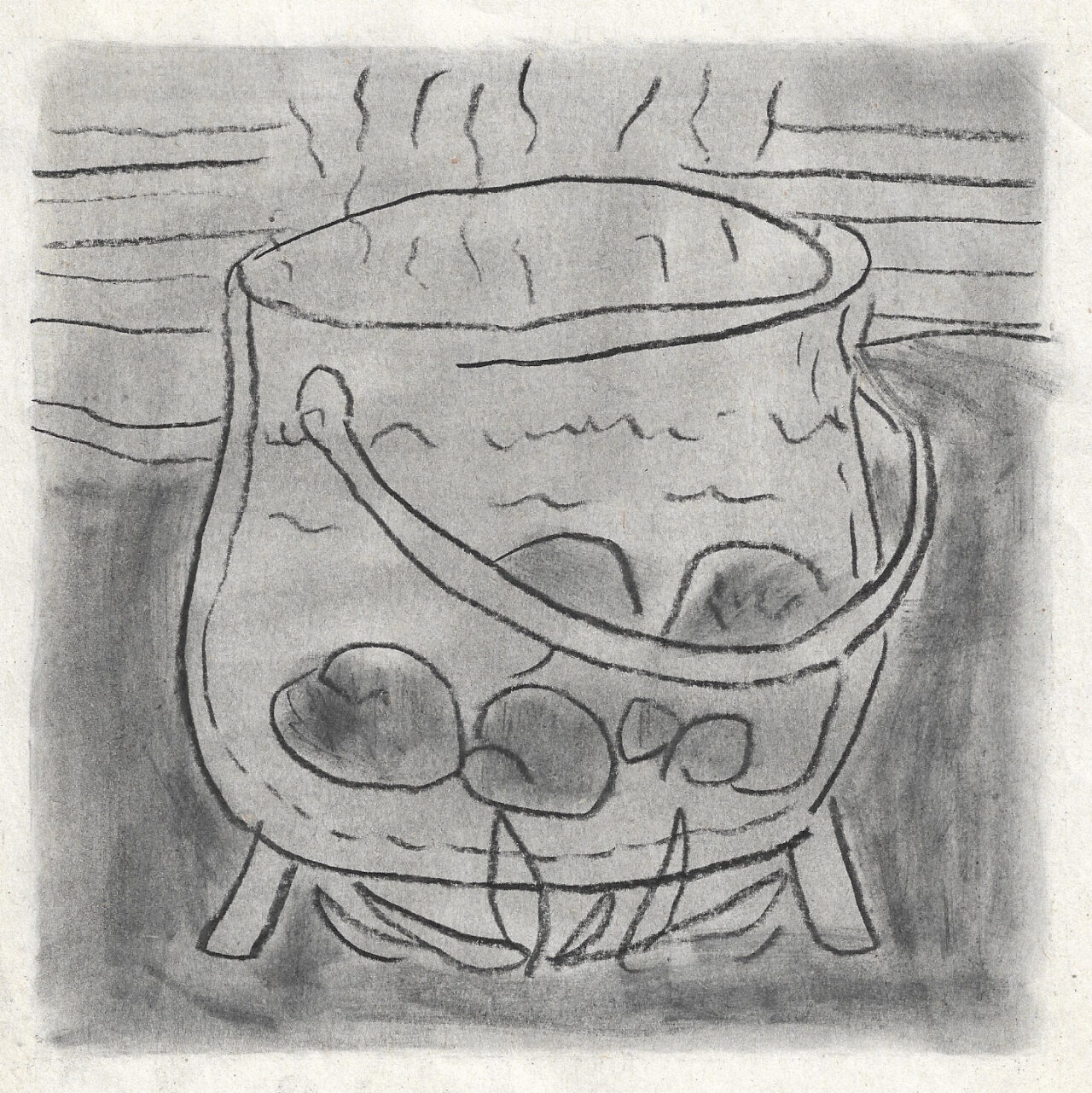
Something very poetic happens while cooking because many
things intertwine: there is a connection with ingredients, with people, there are gestures, there is a subtle rituality and a delicate communication through senses. I decided that my project had to do with the kitchen to preserve all of those precious dynamics that make it such a sacred space.
With that in mind I came up with the idea of creating some drawn kitchen tiles that could, one day, become ruins and display those culinary tales. What happened next is that the process for making them became itself a metaphor for cooking, with the difference that the main ingredient was clay.
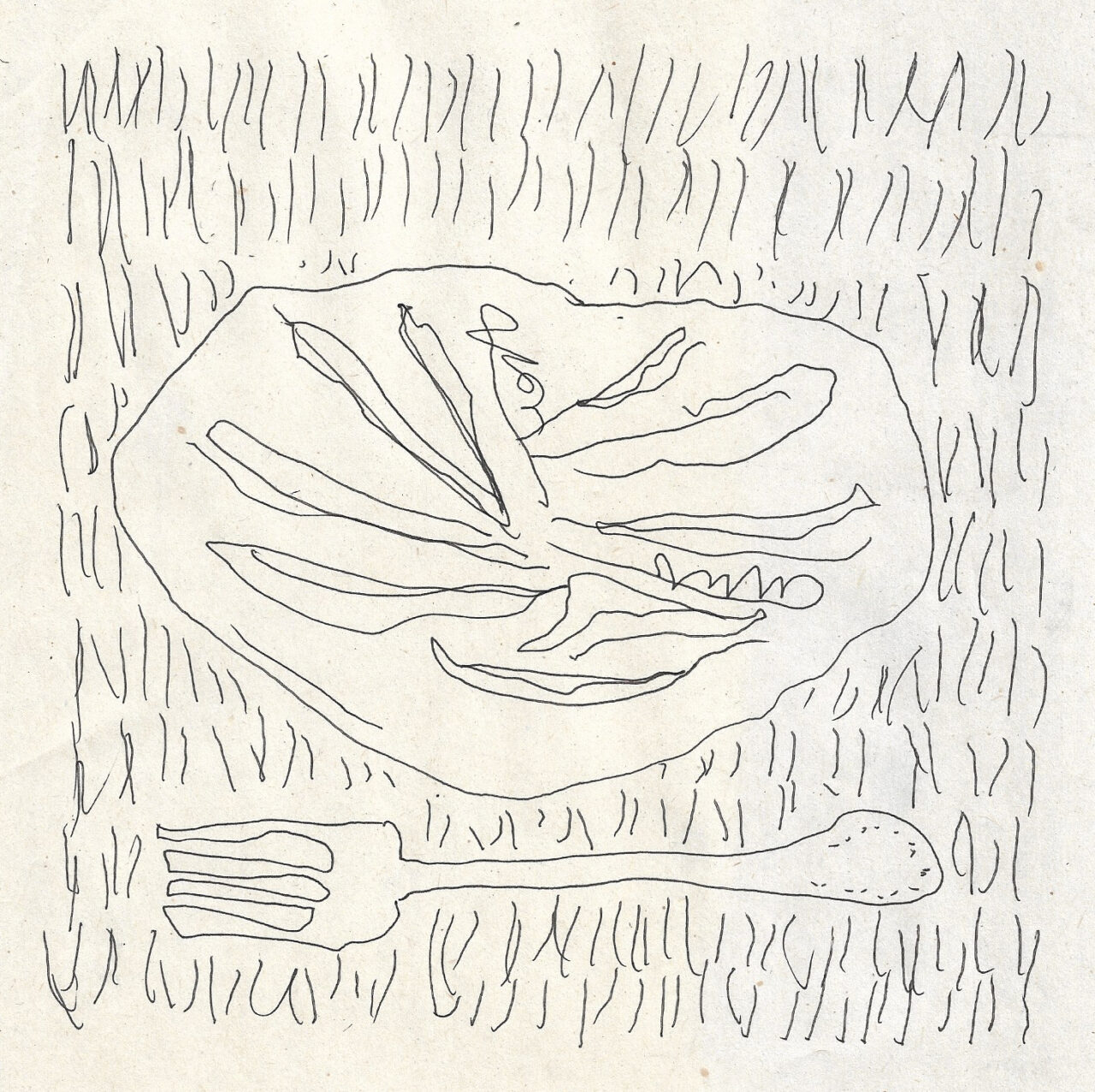
The tiles are wood-fired with an ancient Italian technique also known as bucchero. The firing happened over a period of two weeks between April and May 2024, during a residency at Case Rondò in Piedmont (Italy) and was made in collaboration with the Italian ceramist Giovanna Barroero.
The Bucchero is still produced today by a small number of Italian artisans and yet, finding detailed information on its process is not an easy task; the aim of the collaboration was thus to learn how to reproduce this method through a hands-on approach.
